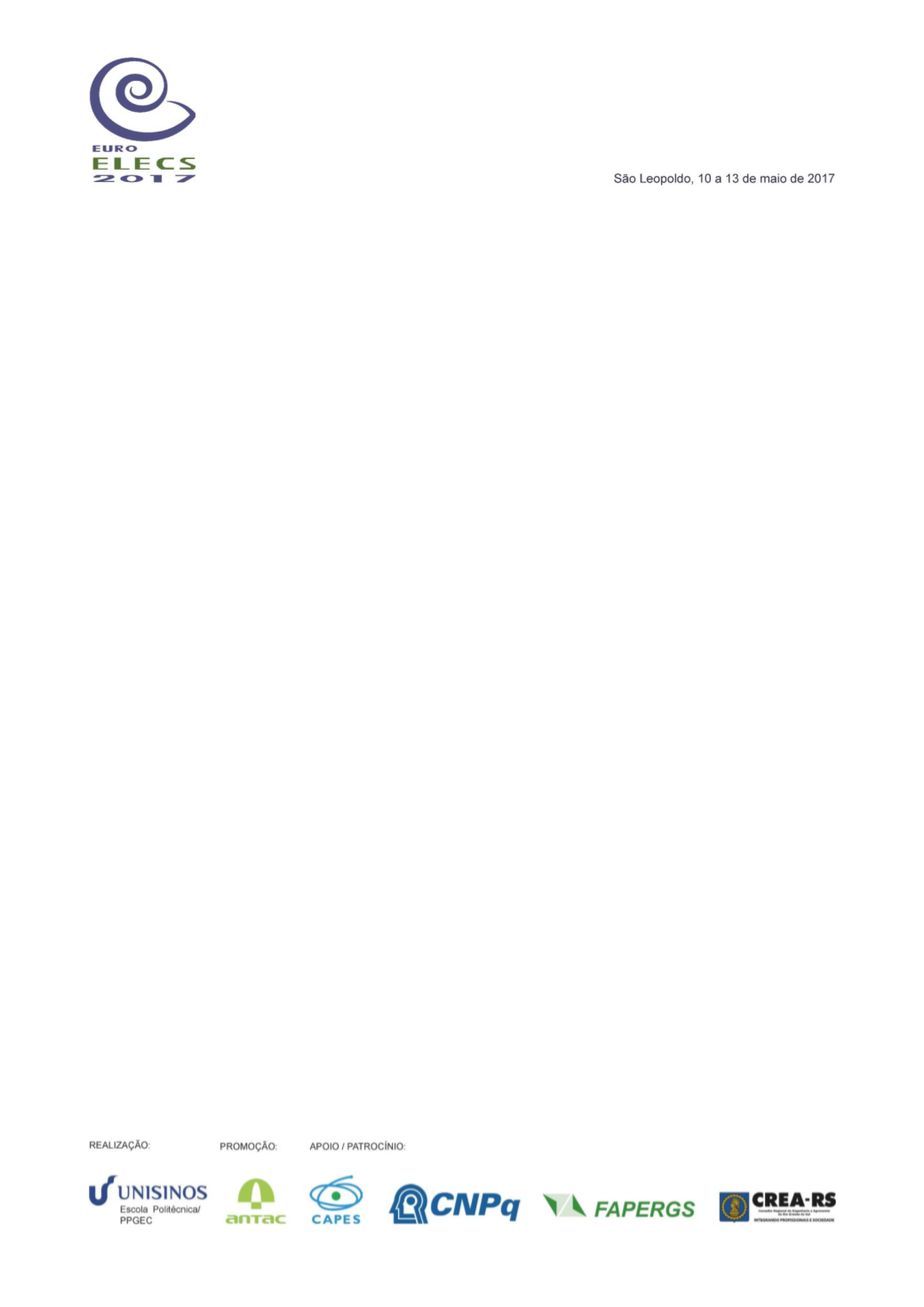

934
USE OF WASTE FOR PRODUCTION OF URBAN FURNITURE
ABSTRACT
With de constant growth of urbanization and consequently the development of industries and
markets, there are residues arising from these, which need adequate final destination. At present,
the residue final disposal it is regulated by laws and inspections, with origin in the concern with the
possibility of undue discards in the environment. On the other hand, the concept of ecodesign arises
with the purpose of satisfying several criteria, including performance and quality, however, with focus
on an ecological form for the products development, fact that affects the choice of materials to be
used. In this sense, it is of the interest in this study the development of a collective seat to be
allocated in schools, in which was used the incorporation of residue. For the development of this
product, was performed researches of possible residue to be incorporated for the elaboration of the
same, in order to meet resistance items referred to by standards and designs that compatibilist for
the purpose here proposed. Thus, the development of this furniture is based in the principals of
ecodesign and aims to create a concrete bench with the incorporation of PET bottle residue. The
methodology used was based in the confection of three test specimens for each chosen mix, with
the base being 1 : 1,2 : 2,38, replacing the large aggregate for the chosen residue in percentages of
0%, 25%, 50% and 100%. For the product analysis, it was opted for initial tests related to the
characterization of the aggregates, being the granulometric composition and unit mass, verification
of concrete in its fresh state, through consistency test and hardened state, with the accomplishment
of compression state. It was observed trough the obtained results the granulometric and unit mass
difference between the adopted aggregates, as well as the significant difference of consistency of
the concretes, when used the substitution by residue, besides the loss of compression resistance.
In this way, it was verified the need for more in-depth research to evaluate the best percentage and
mix to be adopted, however, it is possible to include this residue that needs disposal alternatives in
a new cement matrix, that also aims to assist the society with a product that will have use in school
scope.
1. INTRODUÇÃO
1.1 ECODESIGN DE MOBILIÁRIO URBANO
O ecodesign parte da combinação de desenvolvimento de produtos com sustentabilidade, onde há
o reconhecimento da relevância da combinação de fatores tais como o design, produção, materiais
utilizados, produto a ser elaborado e sua finalidade, de maneira a exercer a sua função sem
comprometer as futuras gerações, ou seja, busca atender o que é tecnicamente viável, o
ecologicamente imprescindível e o socialmente aceitável (PLATCHECK, 2003; RODEL, 2005).
Ribeiro (2009) apresenta o ecodesign como conceito de nova abordagem em desenvolvimento de
produtos, com destaque para a preocupação ambiental, inclusive em âmbito de produção, visando
um processo eficiente, com objetivos de redução da poluição gerada na fabricação, bem como
diminuição de consumo de recursos, buscando a atender critérios de custo, qualidade e
desempenho.
Também conhecido por “Design Sustentável” ou “Produção Sustentável”, o ecodesign visa
principalmente reduzir as agressões possíveis de serem realizadas ao meio ambiente, de modo a
se pensar na disposição final que o produto irá ter, findada a sua vida útil, de maneira a facilitar o
reuso ou reciclagem (CÂNDIDO, 2008).


















